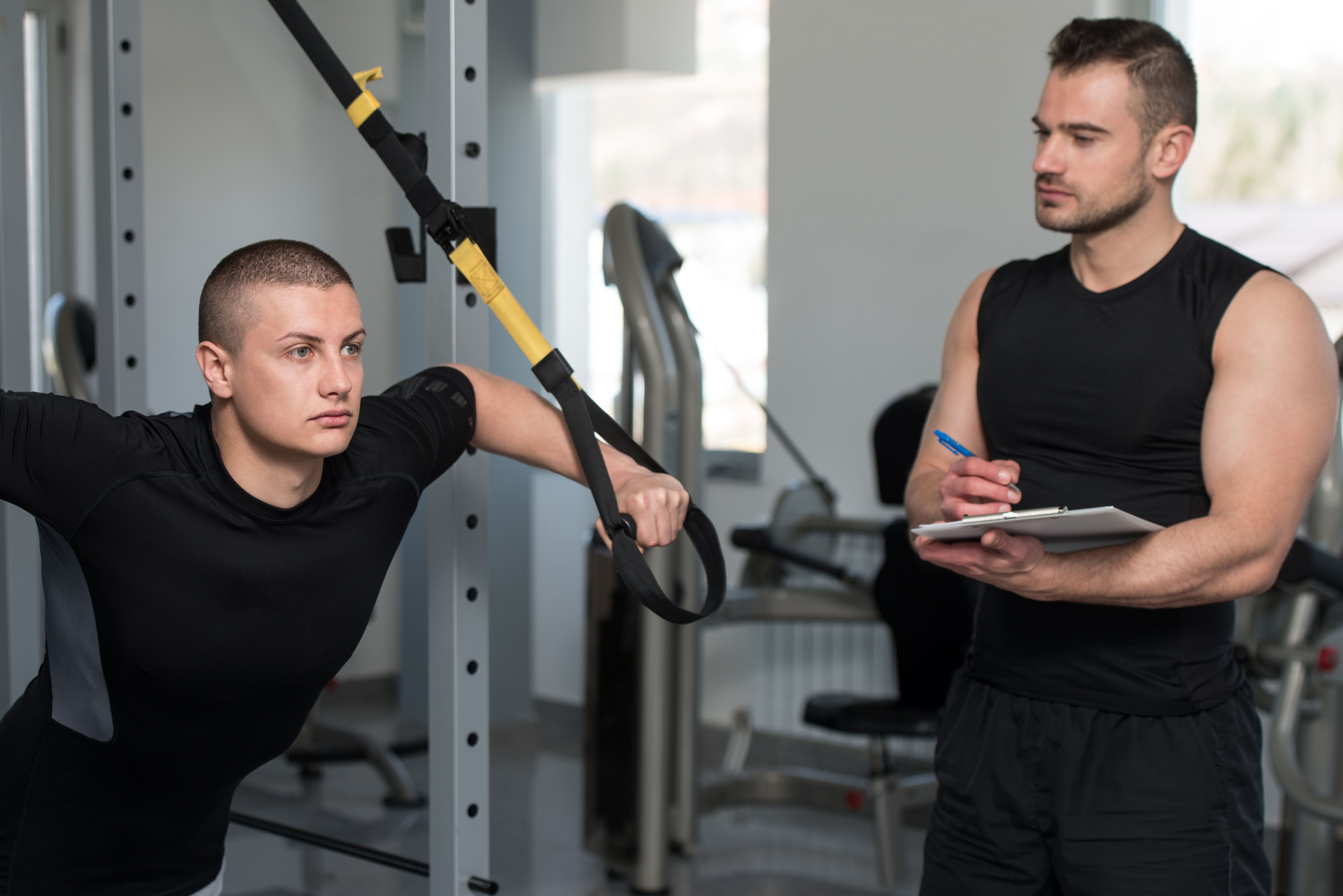Exploring the Advantages of Unilateral Training
SF
Understanding Unilateral Training
Unilateral training, which focuses on working one side of the body at a time, is gaining popularity in fitness circles. This approach contrasts with bilateral training, where both sides of the body work simultaneously. Unilateral exercises, such as single-leg squats or one-arm rows, offer numerous benefits that can enhance your overall fitness regimen.
One of the primary advantages of unilateral training is improved balance and coordination. By isolating one side of the body, you challenge your stabilizing muscles, which can lead to better overall balance. This can be particularly beneficial for athletes and those looking to improve their functional fitness.

Addressing Muscle Imbalances
Muscle imbalances are common and can lead to injuries and inefficiencies in movement. Unilateral training helps to correct these imbalances by allowing each side of the body to work independently. This focused approach ensures that neither side compensates for the other, promoting equal strength and development.
By identifying and addressing weaknesses in one side, you can prevent potential injuries. This is crucial for athletes who rely on symmetrical strength and mobility to perform at their best. Additionally, correcting muscle imbalances can lead to improved posture and alignment.
Enhancing Core Stability
Another significant benefit of unilateral training is its impact on core stability. When performing exercises on one side, your core is engaged to maintain balance and control. This engagement strengthens the core muscles more effectively than many traditional core exercises.

This enhanced core activation not only contributes to a stronger midsection but also translates to better performance in other exercises. A strong core is the foundation for many movements, making unilateral training an excellent way to build this crucial muscle group.
Boosting Overall Strength
Unilateral exercises can also lead to increased overall strength. By focusing on one side at a time, you can lift heavier loads compared to bilateral exercises. This increased load capacity can stimulate more muscle fibers, leading to greater strength gains.
Moreover, unilateral training can help break through strength plateaus. When you focus on one side, you engage the muscles differently, providing a new stimulus for growth. This varied approach keeps your workouts fresh and challenging.

Improving Athletic Performance
Athletes often benefit from unilateral training as it closely mimics the demands of many sports. Movements like running, cutting, and jumping are inherently unilateral, requiring one leg to work independently of the other. Training this way helps athletes develop the specific strength and coordination needed for their sport.
Furthermore, by enhancing balance, correcting imbalances, and increasing core stability, unilateral training can contribute to reduced injury risk. This allows athletes to perform more consistently and with greater confidence.
Conclusion: Integrating Unilateral Training
Incorporating unilateral exercises into your workout routine offers a range of benefits from improved balance and coordination to enhanced strength and athletic performance. Whether you're an athlete looking to excel in your sport or someone seeking a balanced fitness approach, unilateral training can be a valuable addition.
To maximize the benefits, consider integrating a mix of unilateral exercises targeting different muscle groups into your regular workouts. As always, proper form and technique should be prioritized to ensure safety and effectiveness.